Most Popular
Eye Plus
Along the overpass-turned-park Seoullo 7017 are large pots of flowers that have unfamiliar foreign names but are commonly spotted on the streets of South Korea.
Among them are pink flowers with the Russian nomenclature Schlippenbach, also known as chuljjuk in Korean, one of the most widespread spring flowers here. Abies Koreana Wilson, better known in Korea as the Christmas tree, also stand on the bridge.
According to the Seoul Metropolitan Government, all the flowers being displayed at Seoullo as part of the exhibition “Where Have All the Flowers Gone?” have Korean origins, but they are deemed foreign plants as they were “stolen” by imperial forces during the 19th century.
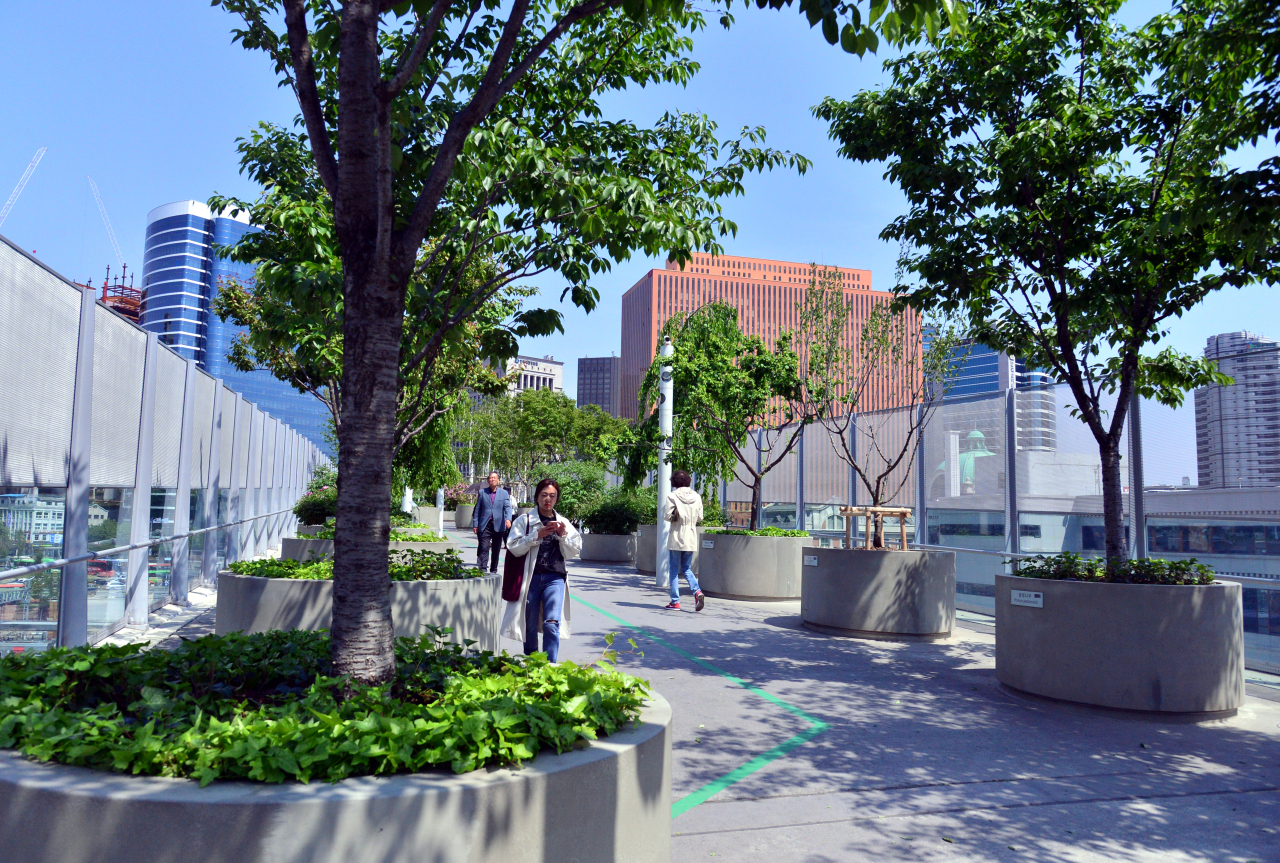
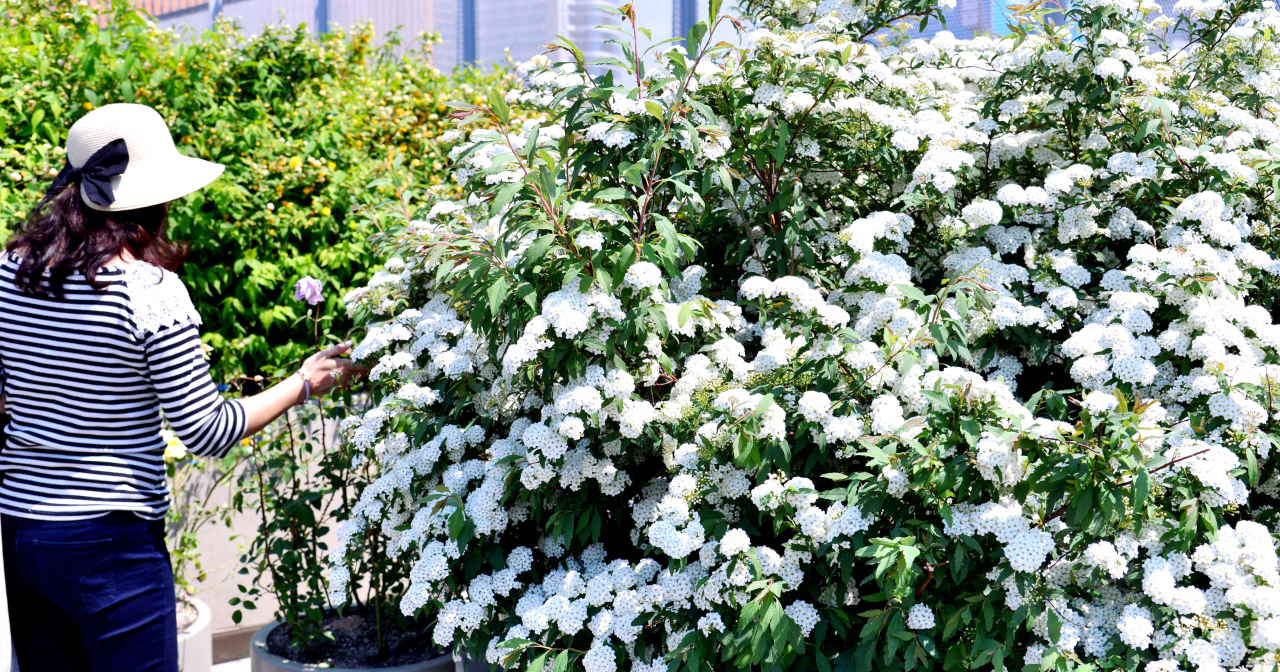
“During the colonial rule of imperialist Japan, even flowers and plants had to serve their time in prison,” said Seo Hye-sung, who organized the exhibition. “As people’s nationality was changed forcefully, the same thing happened to the flowers. It’s a sad history.”
For example, Abies Koreana Wilson originally came from South Korea. While South Korea imports the plant from other countries, prominent British botanist Earnest Henry Wilson has said its place of origin is Hallasan on Jeju Island.
The exhibition began May 3 and lasts through June 30, free of charge. For more information, visit http://seoullo7017.seoul.go.kr.
Photographed by Park Hyun-koo
Written by Yeo Jun-suk







![[KH Explains] How should Korea adjust its trade defenses against Chinese EVs?](http://res.heraldm.com/phpwas/restmb_idxmake.php?idx=644&simg=/content/image/2024/04/15/20240415050562_0.jpg&u=20240415144419)





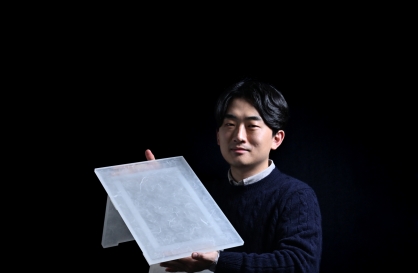
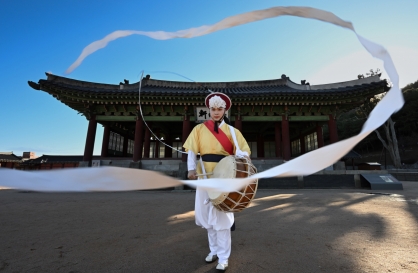
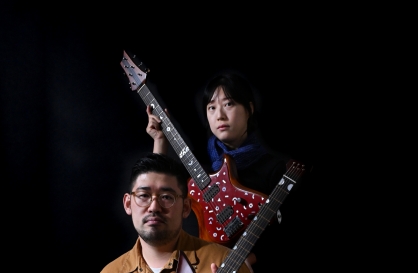
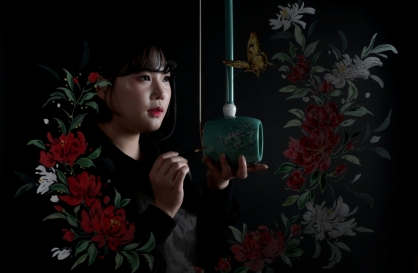
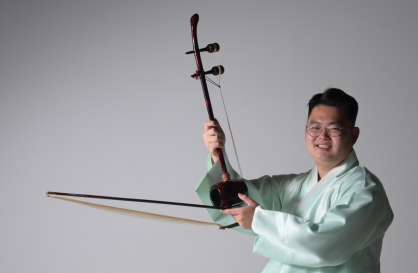






![[Today’s K-pop] Stray Kids to return soon: report](http://res.heraldm.com/phpwas/restmb_idxmake.php?idx=642&simg=/content/image/2024/04/16/20240416050713_0.jpg&u=)